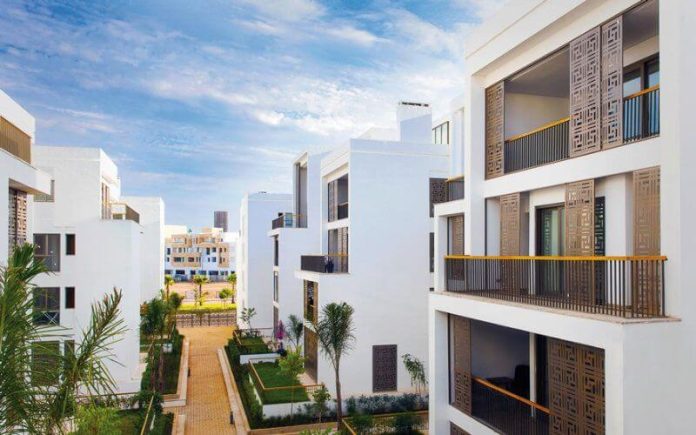The Moroccan real estate market is undergoing a major transformation, driven by surging demand and strategic investments. Following a dynamic 2024, the momentum continues to build, with demand rising by 17% while supply shrinks by 20%. This imbalance is pushing prices higher, particularly in major cities like Casablanca, Rabat, Marrakech, and Tangier, where real estate activity is most concentrated. As these urban centers become increasingly saturated, the market is expanding into suburban areas and emerging urban zones, signaling a structural shift.
One of the biggest catalysts for growth is Morocco’s preparation for the 2030 FIFA World Cup. With a 50-billion-dirham budget allocated to infrastructure upgrades, the country is gearing up for an influx of visitors and investment. The construction of a new 115,000-seat stadium in Benslimane, alongside renovations of existing sports venues in several cities, is reshaping urban landscapes and boosting the real estate sector. But the impact extends far beyond sports. The hospitality industry, transportation networks, roads, and public services are all experiencing a boom, fueled by the prospect of 1.5 million visitors and an estimated economic impact of $2-3 billion. Short-term rentals and hotels are already seeing strong growth in anticipation of this surge.
However, this rapid expansion comes with challenges. As land becomes scarce in major cities, developers are shifting their focus to new areas, leading to the rise of satellite cities and industrial hubs. Projects like the eco-friendly Zenata City exemplify this shift, promoting more sustainable urban planning with better-integrated infrastructure. But while this diversification makes housing more accessible in suburban areas, it also raises concerns about connectivity. Without strong transport links to urban centers, there’s a risk of creating isolated commuter towns rather than fully integrated communities.
Affordability is another pressing issue. The sharp rise in property prices and construction costs is making homeownership increasingly difficult, particularly for the middle class. To address this, the government launched the “Daam Sakane” program, offering subsidies between 70,000 and 100,000 dirhams. In its first year, 130,000 applications were submitted, with 35,000 households benefiting from the aid. However, the success of this initiative depends on the location of the available housing. If new developments are too far from economic hubs, the program could fail to create real opportunities for homeownership, limiting its overall impact.
To sustain this growth while maintaining balance, industry experts are calling for streamlined investment procedures, tax reforms, and a more structured market approach. Public-private partnerships could play a key role in accelerating housing production and ensuring more cohesive urban development. The ultimate goal is clear: to meet growing demand without exacerbating inequalities, while leveraging the economic opportunities created by the World Cup.
With large-scale investments, a strong demand trajectory, and ambitious development projects, Morocco’s real estate market is on the cusp of a new era. But managing this growth responsibly will be crucial to avoiding excessive speculation and ensuring a stable, inclusive expansion. The next two years will be decisive in shaping a sustainable future for one of the country’s most promising sectors.
Mohamed MOUNADI




